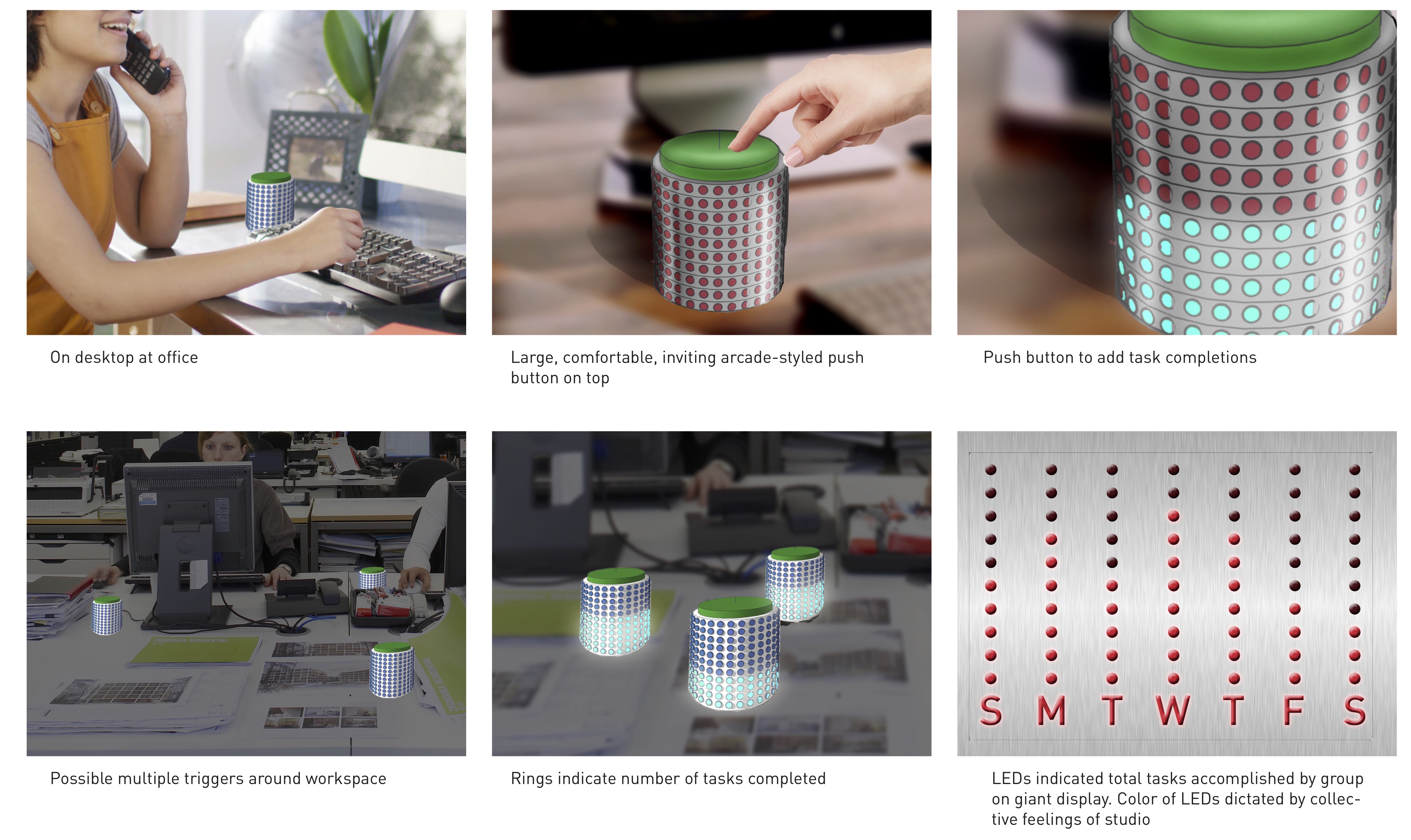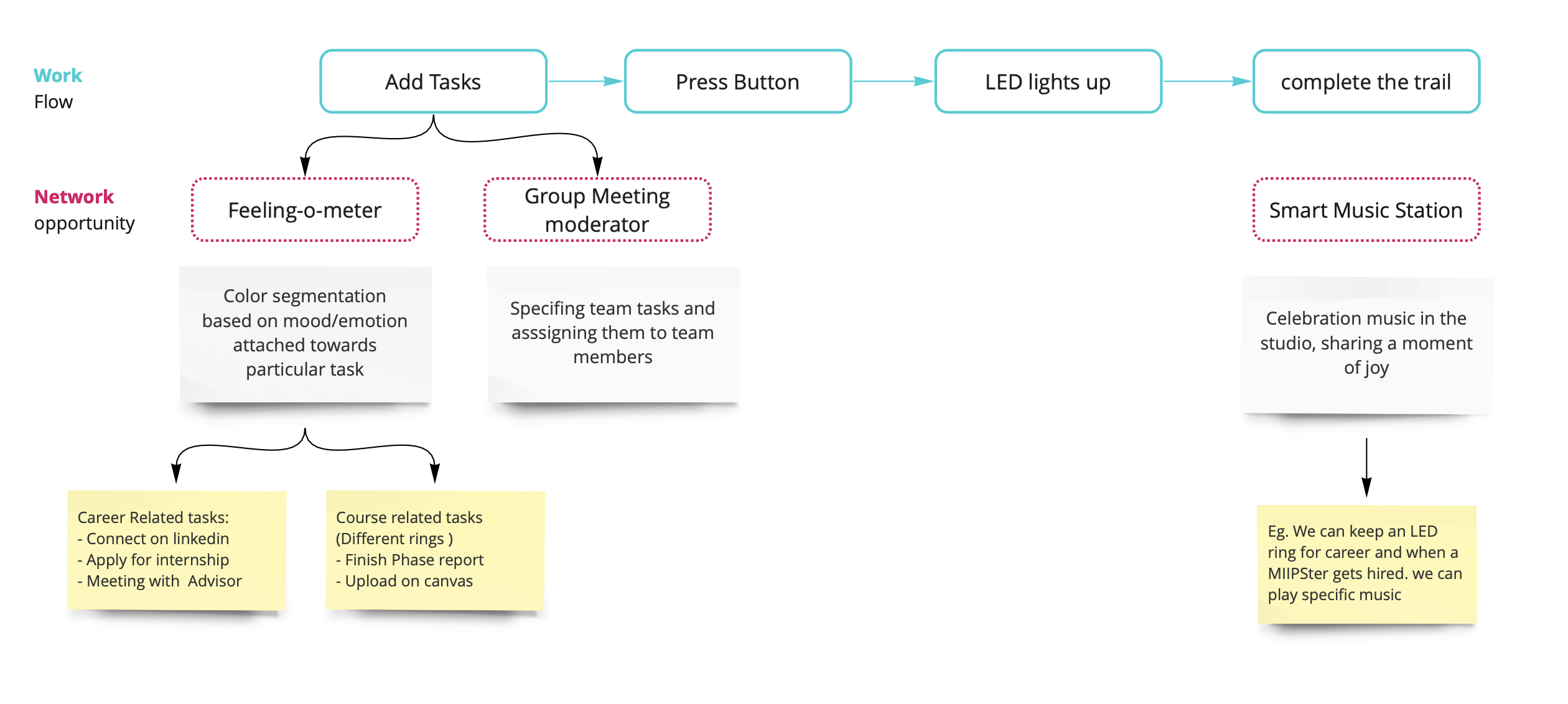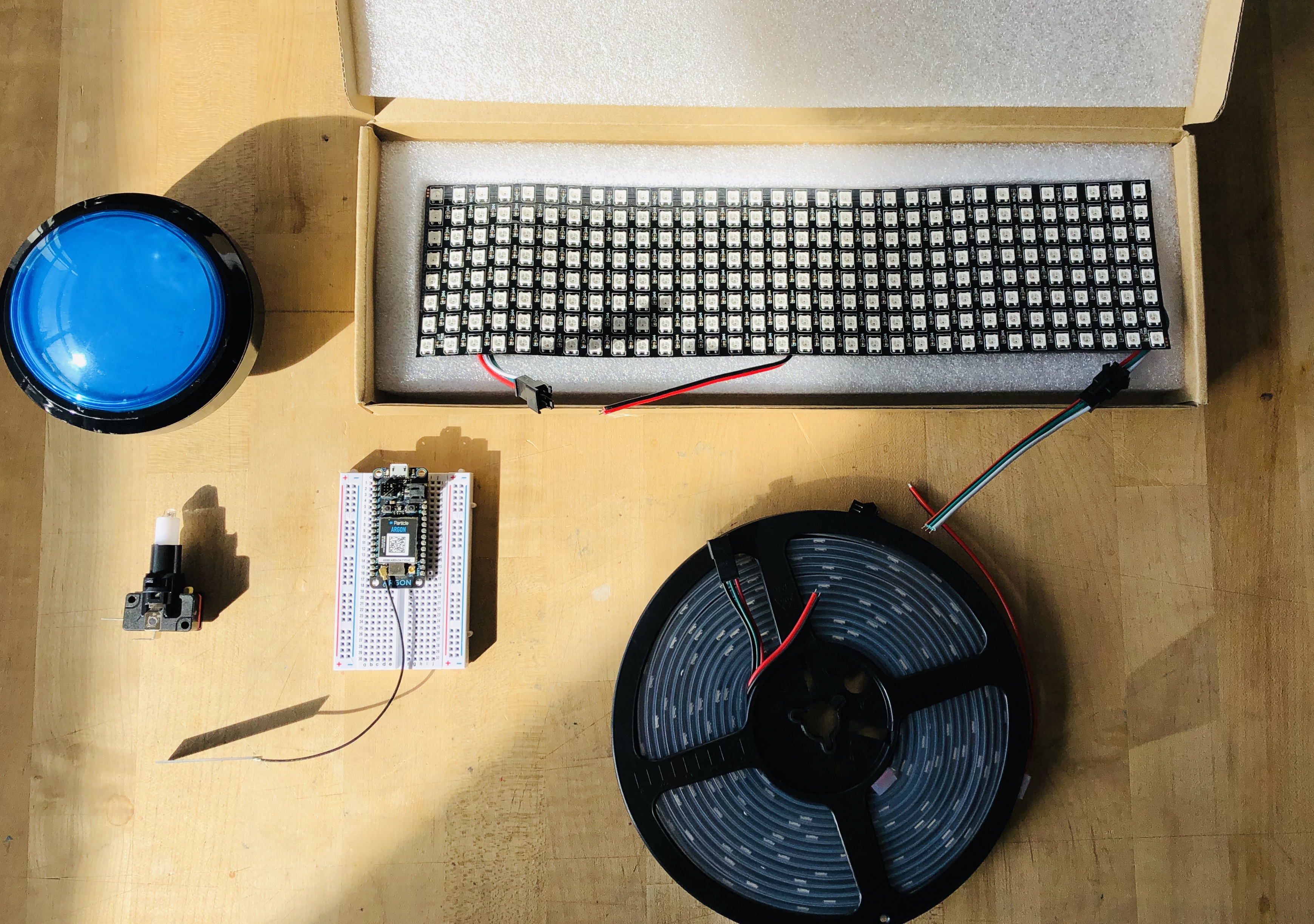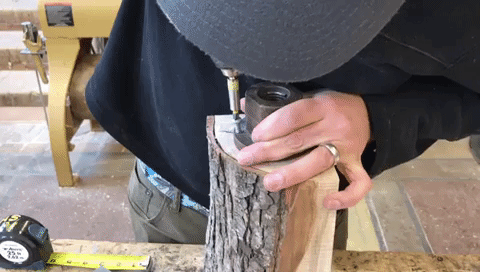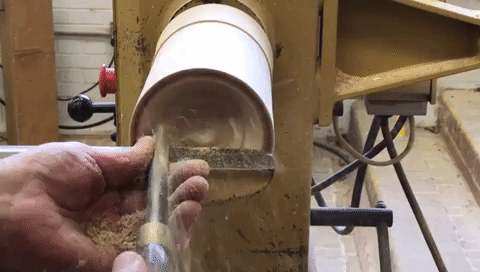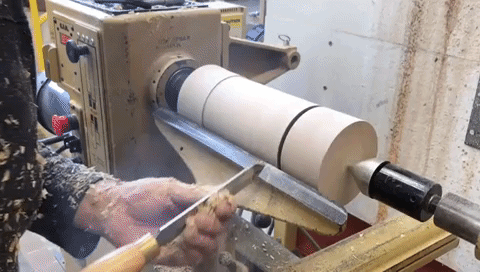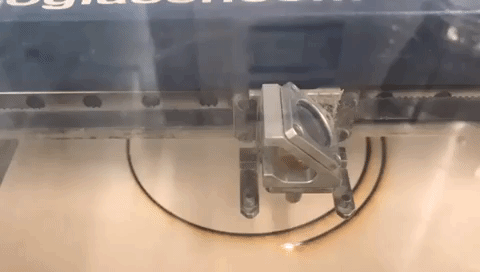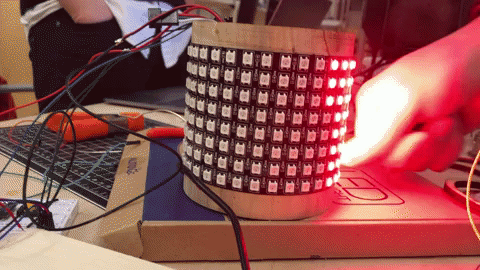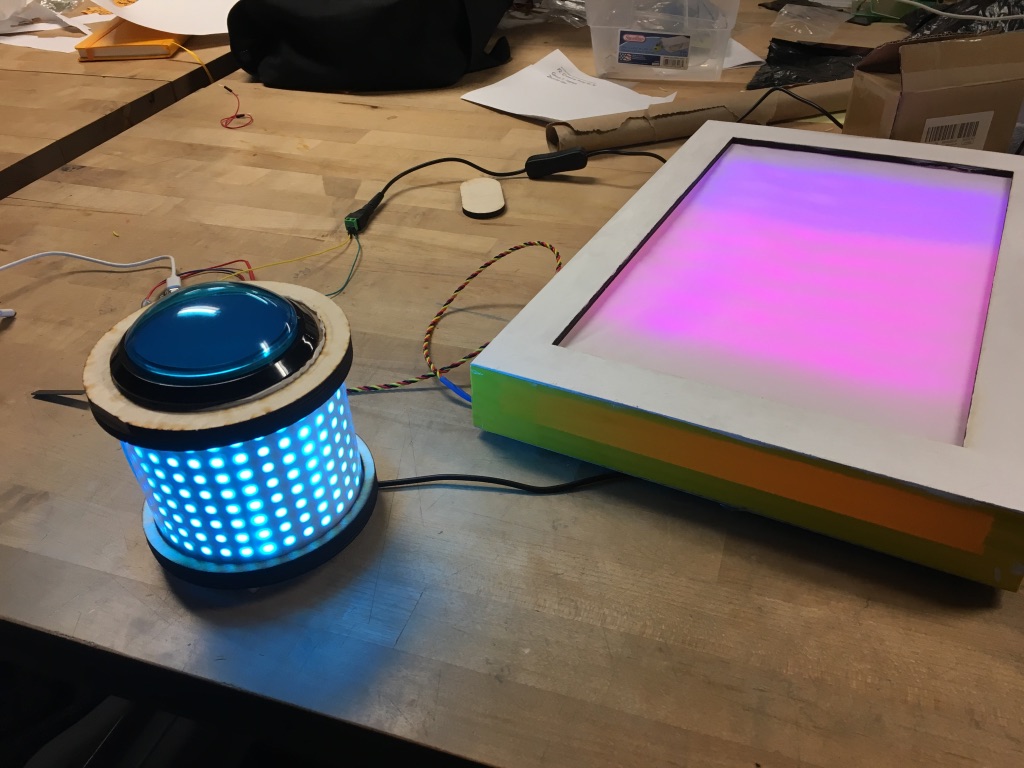Ring of Success: Concept
After years of behavioral psychology research, today user experience designers have been able to create beautiful interfaces for task scheduling applications. However, the very fundamental science of notifications is, in a word, alarming. Therefore, soon after the launch of these applications, user started disabling notifications in there devices, which were subdivided by the place they appear: lock screen, notification center, and banners.
With Rings of Success, we envision to give our user the power to create notifications for oneself. The user does so after completing a task. The intent is to spark motivation in the user by glancing at the tasks done instead of looking at the list of "To Do" tasks.
While ideating this concept, we often referred to our learnings from the class reading: Rogers Y, Hazlewood W, Marshall P, Dalton NS, Hertrich S, (2010) Ambient Influence: Can Twinkly Lights Lure and Abstract Representations Trigger Behavioral Change?, UbiComp 2010
After reading this paper, we realized the power ambient devices behold in persuading or changing behavior in a workplace setting.
As visually bright colors and layers of complexity, like a mix pop-ups are hard to look away. Therefore, our concept also includes a dashboard in our studio to display the state of synergy. This display is engineered to collect data from each "Rings of Success" device inside studio's ecosystem.
We believe that applications of this kind of influence can be quite profound.
